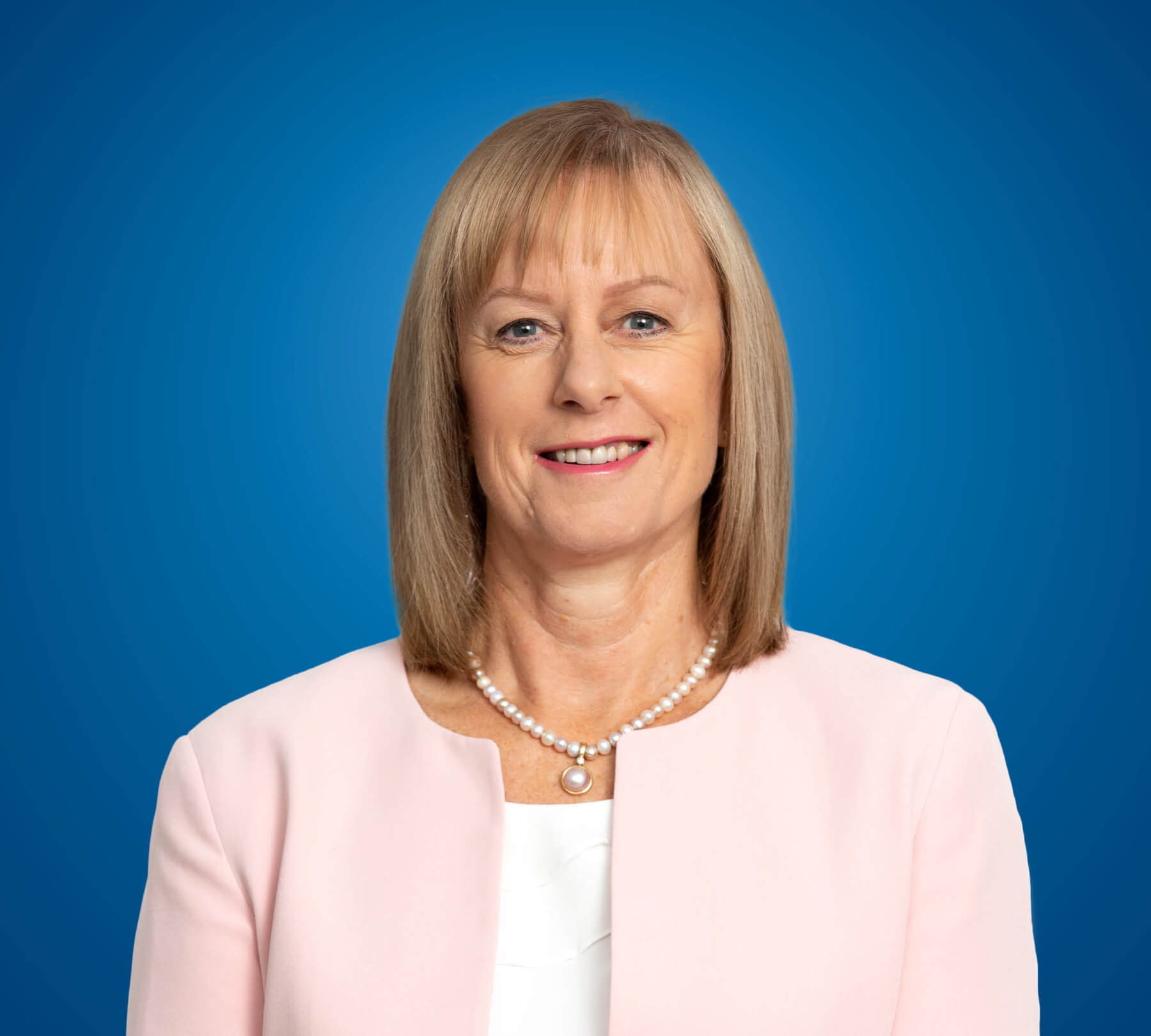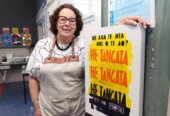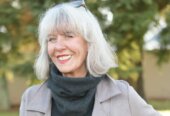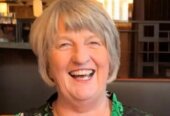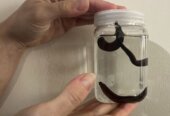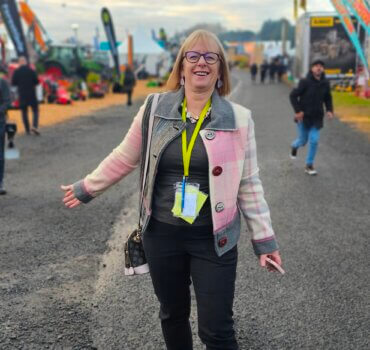
Taranaki-King Country MP Barbara Kuriger loves Fieldays saying she’s “like a pig in muck”. “I’ve jokingly been called ‘The MP for Fieldays,’ she told The News. “I just love it. I’ve been going since my late teens, both in my farming and my governance days.” Kuriger says the best thing about the event is that “absolutely everybody’s there – the whole community, the whole farming community.” Photo: Mary Anne Gill.
There were no objections to the Representation Commission’s plans to expand Barbara Kuriger’s Taranaki-King Country electorate, which includes a huge chunk of the Waipā district.
But there were 636 objections to other proposed changes to electorates in Auckland – Mount Albert, Epsom, Glendene, Ōtāhuhu – Wairapapa, Hutt South, Wigram, Kenepuru, Rotorua, Christchurch and Wellington.
The changes to Kuriger’s electorate, which includes Te Awamutu, saw the return of Taumarunui from Rangitikei. It was a natural fit with Te Kūiti and Ōtorohanga, Kuriger told The News, as it too was part of the traditional King Country region.
Her rural electorate currently skirts around Taumarunui, taking in the neighbouring eastern rural areas of Ōhura and Whangamōmona and across to Taranaki.
In addition to Te Awamutu, Rangiaowhia, Ngāhinapōuri and Pirongia in Waipā, her electorate goes up as far as Port Waikato and skirts down to Pureora Forest Park near Taupō.
Taranaki-King Country was created ahead of the first MMP election in 1996 from most of the old King Country seat and parts of the Taranaki, Waitotara and Waipa electorates.
Kuriger has held the seat since 2014; before that it was Shane Ardern who won a 1998 by election when .
The objections to the latest changes related to 40 North Island general electorates, 11 South Island general electorates and two Māori electorates. Most of the objections were about the proposed boundaries (574) and a smaller number relate to the name of an electorate (42), or both the boundary and name (20).
Hearings will be heard next month and boundaries finalised in August.



